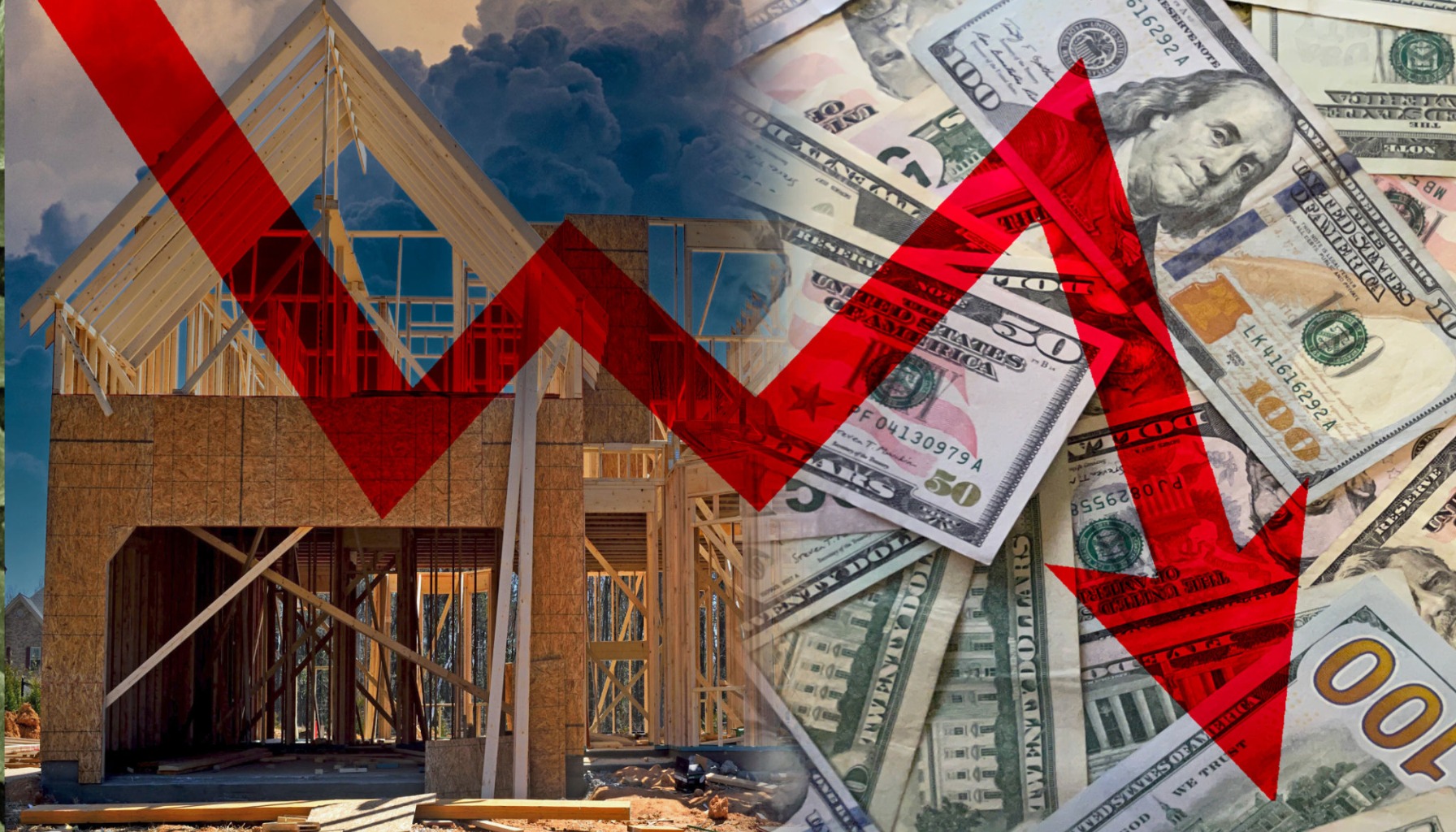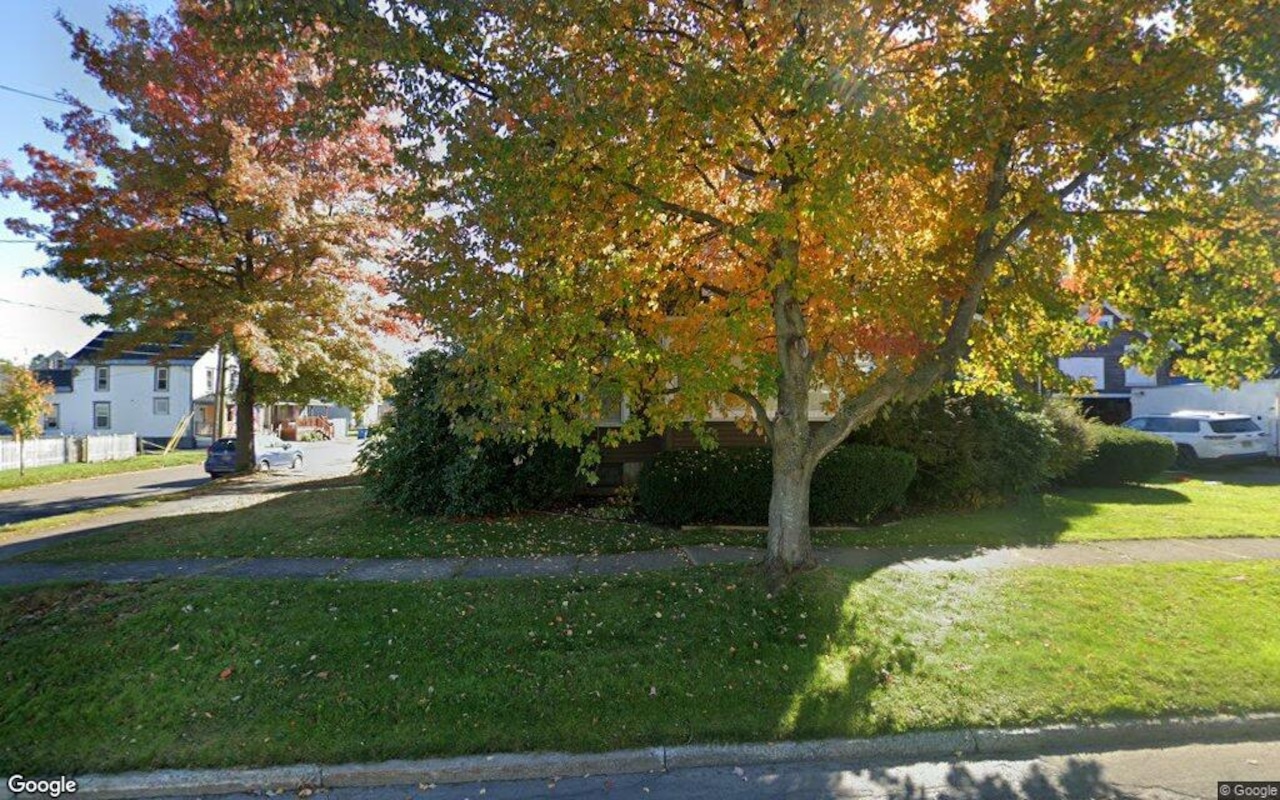T
he housing market's propensity for crashes weighs heavily on the minds of homeowners, aspiring buyers, and investors. While major downturns are not predictable events like seasonal changes, they are triggered by complex economic forces that can occur years apart. Understanding these nuances is crucial for making informed decisions.
A housing market crash typically involves rapid and severe price declines, high foreclosure rates, tightened credit conditions, and widespread economic fallout. In contrast, a correction or slowdown is a more common occurrence where price growth moderates or sees a slight decline, but lacks the extreme volatility associated with a crash.
Historical perspectives on housing market cycles reveal that major downward shifts are often preceded by periods of intense speculation and rapid price appreciation financed by easy lending. Notable periods include the Great Depression, the 1970s recession, the Savings and Loan Crisis, and the Subprime Mortgage Crisis.
Several factors contribute to housing market crashes, including asset bubbles, easy credit, overbuilding, economic shocks, and investor speculation. However, today's lending standards are generally more cautious, and homeowners have significant equity in their homes due to recent appreciation.
While there is chatter about a potential downturn, I believe we're more likely to see a healthy market correction or slowdown rather than a full-blown crash. This means slower price growth, potentially some price declines in overvalued markets, and a more challenging environment for buyers as interest rates remain elevated.
A housing market crash differs from a correction in several key ways, including the severity of price drops, lending standards, foreclosure rates, and economic impact. While crashes are relatively infrequent, corrections or slowdowns occur more frequently, typically every 5-10 years, depending on local conditions.
To navigate the market, focus on affordability, long-term investment, understanding your local market, maintaining an emergency fund, and staying informed but not panicked. By doing so, you can ride out any inevitable dips and build lasting wealth in real estate.













